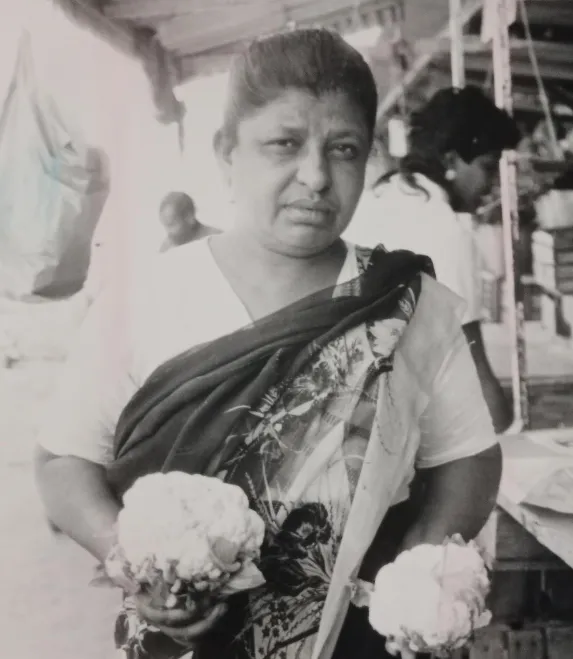From Indentured labourers to successful farmers
Toiling the soil

The Victoria Street Early Morning Market provided an opportunity for market gardners and small traders to earn a living for over a century
Image: 1860 Heritage Centre
AGRICULTURAL skills came naturally to people of indentured ancestry as most were from the rural areas of India where farming was the only way of life.
Professor Goolam’s Vahed’s compelling paper on The Victoria Street Early Morning Squatters Market, 1910-1934, points out that in 1884, there were 8 951 indentured in Natal and 20 877 free Indians.
Vahed notes that after indentured contracts expired, free Indians sought land in the vicinity of a market to grow fruits and vegetables such as potatoes, cabbages, garlic, paddy rice, melons, beans, chillies, herbs and tobacco on land rented or purchased from absentee landlords and Land Companies.
There were 2 000 market gardeners in and around Durban by 1885. The Wragg Commission of 1885-1887 observed that: “Indians do remarkably well as cultivators of small parcels of land rented on short leases. Those settled in the vicinity of Durban have succeeded in winning for themselves, almost entirely, the supplying of the local markets with vegetables.
“It must be conceded that this competition by free Indians has worked to the prejudice of those white colonists who once had the monopoly of the trade. In fairness to the free Indians we must observe that the competition is legitimate in its nature”.
In 1908, Ramsamy, a farmer from Cato Manor, explained why he and others like him, took to farming: “I have no capital, nor have I a trade, the hoe and I have been friends for the last five years, I have strength; if I put thrift on my side I will make one strong effort and see if I cannot succeed.”
Indian farmers usually obtained land from whites who were “ever willing to receive the Indian with open hands”.
With the assistance of his wife and family, the beech wood and grass were cut, a wattle and daub house was constructed, and a life of “endless work” began.
According to Bill Freund the farmer paid his taxes, obeyed the laws, made his white landlord rich and became a ‘useful citizen’.”
By 1910 Indians owned about 10,000 acres of land in Natal, while the acreage held by Indian tenant farmers and landowners increased from 11,722 acres in 1896 to 42,000 acres in 1909.
As farming became more lucrative, it increased in scale. By 1915 some farmers along the Natal coast began to produce sugarcane in significant quantities. In 1936, the Natal Indian Cane Growers’ Association was formed and its members grew in prosperity. The Cane Growers’ Hall at the Durban University of Technology stands as a monument of their generous support for education. It was a valuable addition to the then ML Sultan Technikon which remains by far the most remarkable act of philanthropy by an ex-indentured worker.
Another notable farming area is Motala Farm close to Pinetown. During the First World War, Mahomed Ahmed Motala bought a section of Richmond Farm from William Gillitt.
A renowned philanthropist, Motala was the second largest donor to Sastri College in Durban and the sole donor of the Motala Lads Home at Wyebank.
In the mid-1920s, Motala subdivided his portion of Richmond Farm and resold smaller sections to market gardeners.